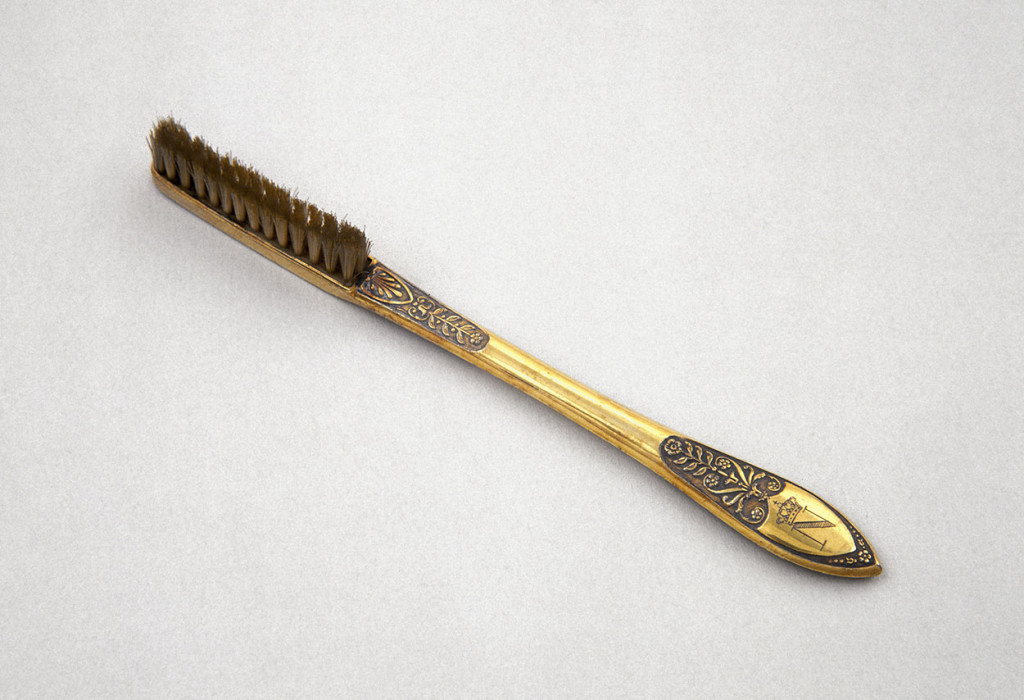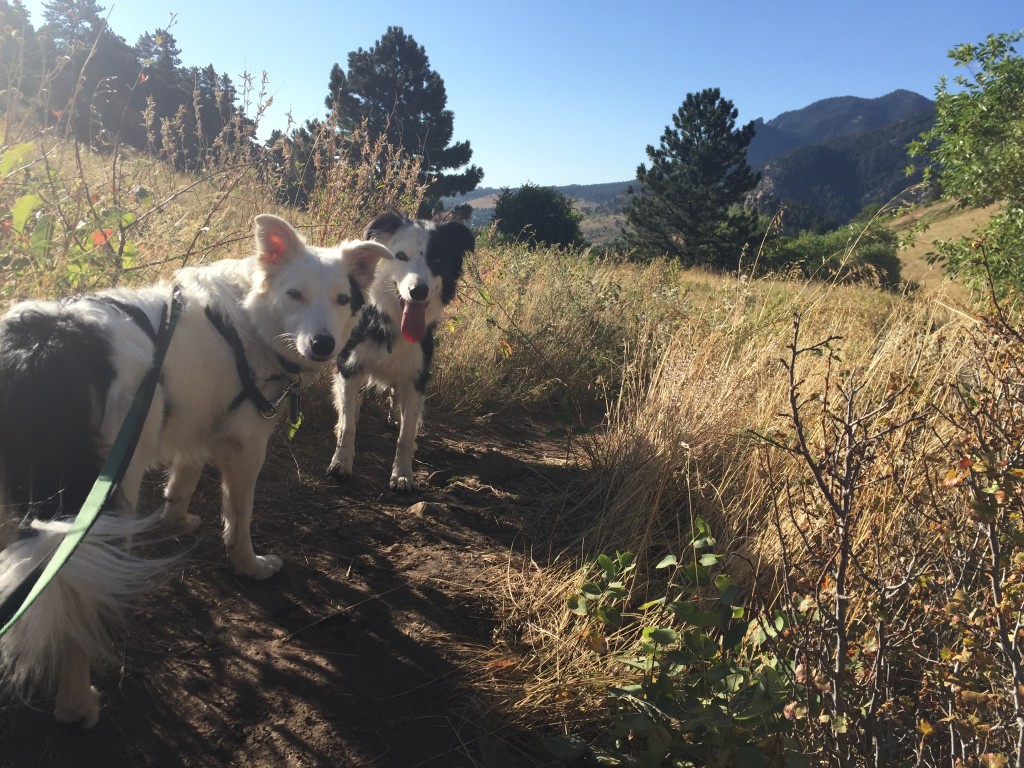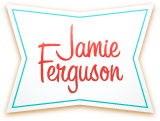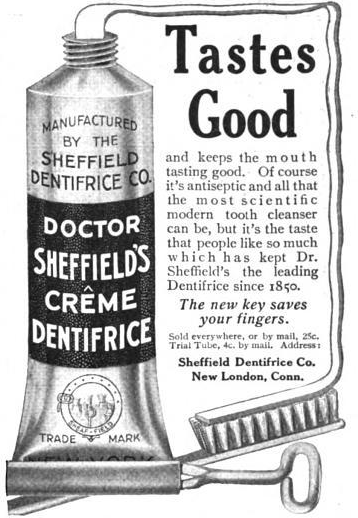Caring for your choppers
One of the fun parts about working on a story set in a different time and place is learning how people lived then. For example, a few years ago I wrote a short story about a stagecoach robbery, and I learned that in some coaches strips of leather (called ‘thorough braces’) supported the body of the coach and allowed it to swing, providing a form of shock absorption. I didn’t explicitly mention that in my story, but reading about how this worked helped me to write a more realistic description of riding in the stagecoach.
My most recent educational experience was about teeth. I’d never thought much about dental hygiene in the late 1800s, but now I know quite a bit – and I’m very relieved to have grown up after toothpaste became more commonly used. Apparently most Americans didn’t brush their teeth until after World War II, when soldiers returned from the military with that habit engrained. The first toothbrush patent in the United States was issued in 1857, and the first toothbrush with nylon bristles – Dr. West’s Miracle-Tuft Toothbrush – came out in 1938.
It wasn’t that toothbrushes didn’t exist before then. Here’s a picture of Napoleon Bonaparte’s toothbrush; the bristles were made from horsehair.

Source: Wikipedia
It took a while for people to switch from chewing sticks to bristle toothbrushes. Part of the problem was that it was more difficult to mass-produce things back then. Even though the first mass-produced toothbrush came out in 1780 – made with handles from cow bones, and cow tail hair for the bristles – it wasn’t available everywhere. Plus people were used to the way they’d always done things. Some probably preferred using a dirty cloth with a combination of soot and salt. Which leads us to the topic of toothpaste…
Ingredients used in toothpastes and dentifrices (toothpowders) of the past included brick dust, cuttlefish, sugar, Borax powder, bicarbonate of soda, chalk, and glycerin. Some of these substances, as you might imagine, were abrasive and/or unsafe. Toothpaste was mass-produced for the first time in 1873, and started being sold in a collapsible tube in 1892.
So … does this mean the characters in my story, which is tentatively set in Leadville, Colorado in the 1880s, had toothbrushes and toothpaste? Possibly, but not certainly. Leadville was a booming town back then, and at one time was in the running against Denver for the capital of Colorado. (If you’re not familiar with Leadville, it’s at an elevation of 10,152 feet, and started as a mining town.) Chances are some people had toothbrushes and some used chewing sticks, or perhaps didn’t bother cleaning their teeth at all. If you had a toothbrush and it broke, you might be out of luck for a while. The main character in the scene I was writing was an actress at one of the many theaters and opera houses Leadville had at the time (yes, I said many – although that’s a topic for another day). She would have wanted to have clean teeth, so she’d have some variant of a toothbrush (in her case, probably one she brought with her when she moved from the east coast), and she’d also have something to rinse out her mouth to make sure her breath smelled pleasant. Here’s a sentence from the first draft:
Stella had rinsed out her mouth with mint and vinegar, but hadn’t been able to remove the lingering taste of whiskey.
And so all my research on dental hygiene has been boiled down to a single sentence …


